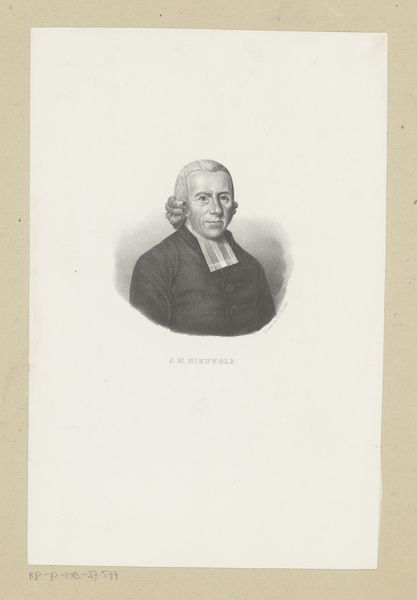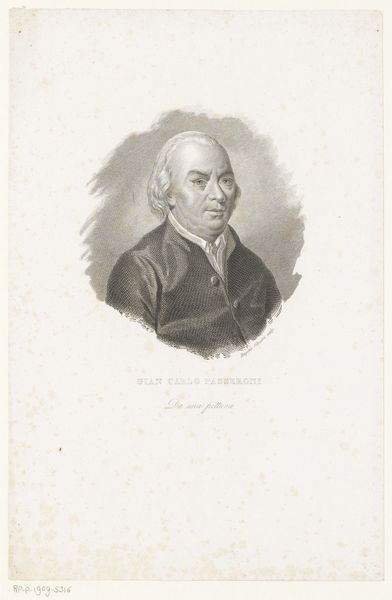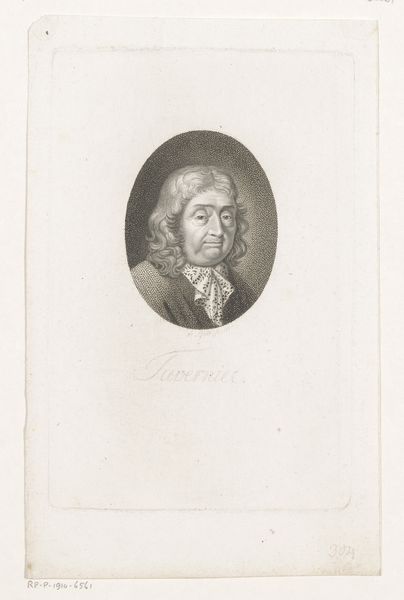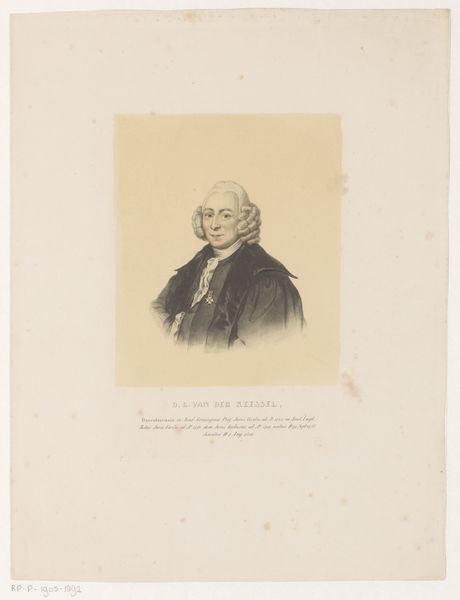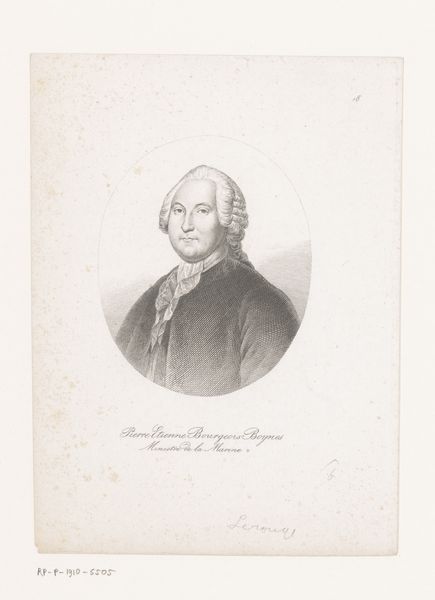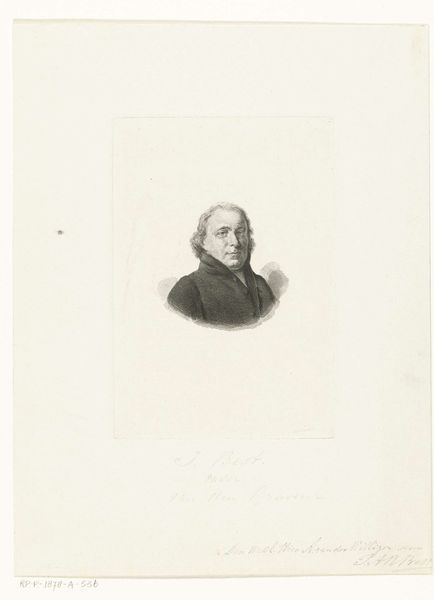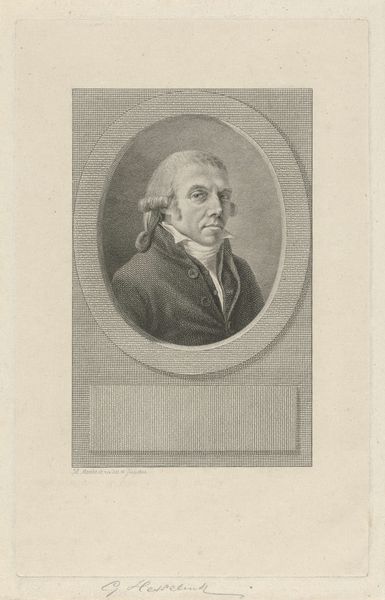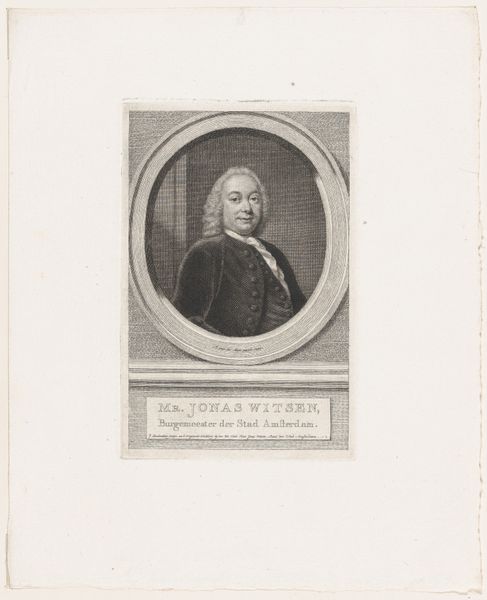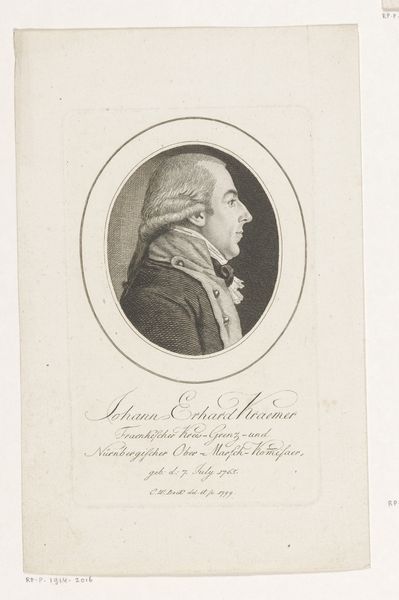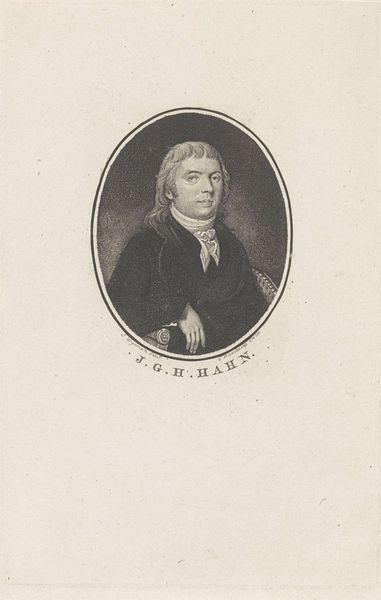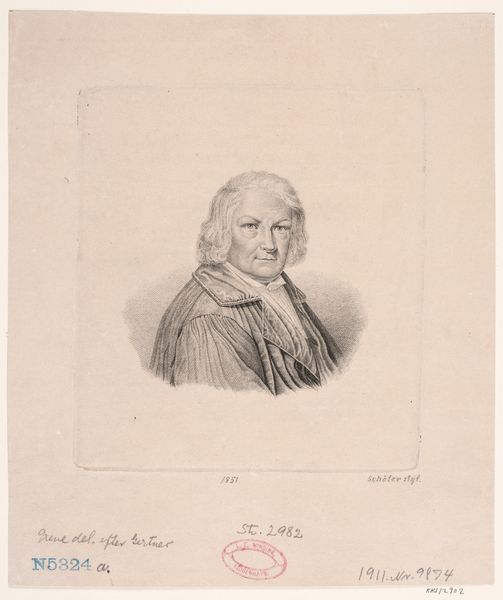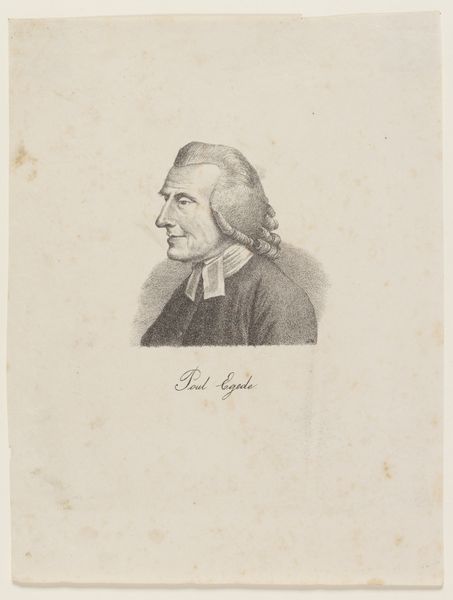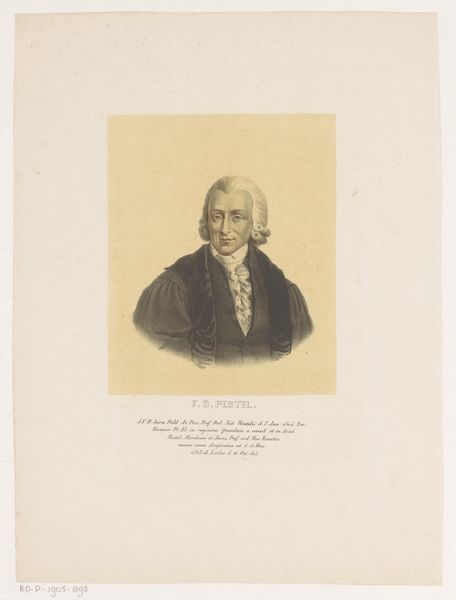
drawing, paper, pencil, engraving
#
portrait
#
drawing
#
paper
#
pencil drawing
#
romanticism
#
pencil
#
history-painting
#
engraving
Dimensions: height 218 mm, width 161 mm
Copyright: Rijks Museum: Open Domain
This is a portrait of Charles Maurice Talleyrand-Périgord, made by J. Sartor using a printmaking technique. Likely, an engraving or etching process was used, involving meticulous carving or etching into a metal plate. Look closely, and you can see how the quality of the lines defines the image. Fine, closely spaced lines create darker tones and shading, while lighter areas are achieved with fewer, more widely spaced lines. The engraver or etcher would have had to master precise control over the burin or etching needle, applying varying pressure and angles to achieve the desired effect. Printmaking was a key technology for disseminating images and information. Portraits like this one allowed for the reproduction and distribution of likenesses, shaping public perceptions of important figures. The labor-intensive nature of traditional printmaking also speaks to the value placed on craftsmanship and skill, but also its place within early capitalism. Paying attention to such processes can help us appreciate not only the final image, but also the artistic and social context in which it was created, and how it circulated.
Comments
No comments
Be the first to comment and join the conversation on the ultimate creative platform.
